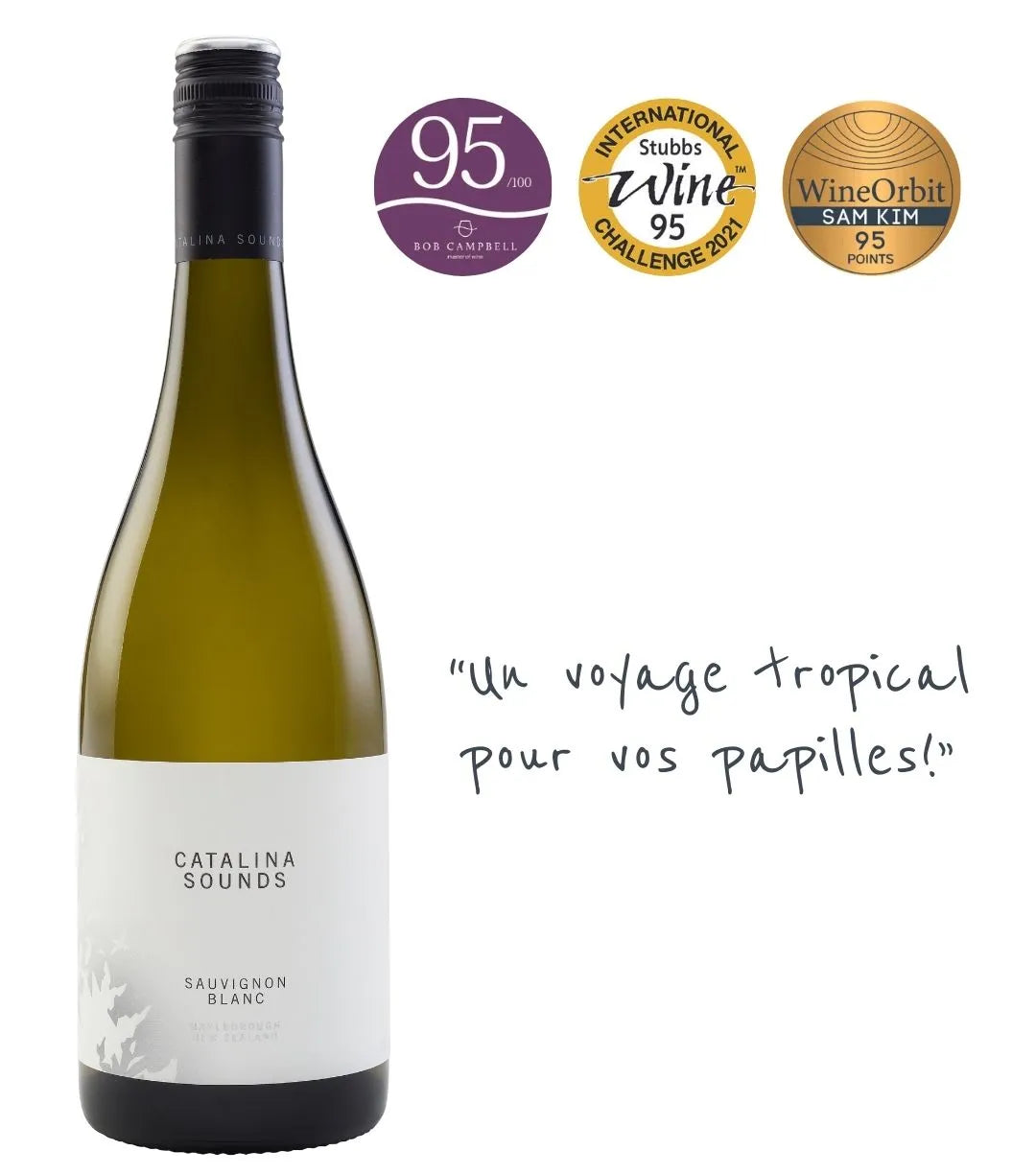Viognier Chardonnay: A white blend which seduces with its roundness and freshness
Are you eyeing a bottle labeled Chardonnay Viognier, or hesitating between these two grape varieties to accompany your next meal? You're in the right place. In this article, we explain everything you need to know about this white grape blend appreciated for its balance between freshness, fruitiness, and roundness. Whether you're a fan of dry white wines or simply curious, you'll love this duo!
What is a Chardonnay Viognier Wine?
The term "Chardonnay Viognier" generally refers to a blended white wine made from these two grape varieties. Very present in Languedoc or in certain regions of Australia, this blend combines:
- the structure, elegance, and freshness of Chardonnay,
- with the aromatic generosity and unctuous texture of Viognier.
It's often a dry but expressive wine, with aromas of white-fleshed fruits (peach, pear), flowers (jasmine, honeysuckle), and sometimes a touch of vanilla or honey depending on the aging.
Viognier or Chardonnay: What are the Differences Between the Two Grape Varieties?
Even if they complement each other well in a blend, Chardonnay and Viognier have very distinct profiles when vinified separately.
Viognier is recognized for its highly aromatic profile: it releases intense aromas of peach, apricot, white flowers, sometimes musk or exotic fruits. On the palate, it is distinguished by a generous, almost fat texture, and moderate acidity, which gives it a sensation of sweetness, even when vinified dry.
Chardonnay, on the other hand, is a very flexible grape variety: more discreet on the nose, but capable of adapting to a wide variety of terroirs and styles. It can produce very fresh and taut wines (especially in cool climates or on limestone soil), or rounder and buttery cuvées, sometimes woody, depending on the aging. Its aromas often revolve around green apple, lemon, hazelnuts, or even butter and brioche.
In summary, Viognier charms with its opulence and perfume, while Chardonnay seduces with its finesse, structure, and ability to highlight the terroir.
By combining them, you get a balanced white wine, neither too acidic nor too heavy, with well-ripened fruit but a nice freshness in the finish.
Differences Between Viognier and Chardonnay
| Characteristic | Viognier | Chardonnay |
|---|---|---|
| Aromas | Peach, apricot, white flowers | Apple, lemon, hazelnut, butter |
| Texture | Generous, unctuous, low acidity | Variable: taut to round depending on aging |
| Style | Always very expressive | More discreet but very elegant |
| Acidity | Supple | More pronounced |
| Typicity | Opulent, charming | Fresh, structured, very adaptable |
In Which Regions Can You Find Chardonnay Viognier Wines?
This blend is not common in Burgundy or the Rhône Valley (where the grape varieties are vinified separately), but it can be found in regions more open to blending:
- Languedoc-Roussillon (IGP Pays d'Oc): the pioneering region for this type of aromatic white, often very accessible.
- Australia (South Australia, Victoria): Southern Hemisphere winemakers like to combine these grape varieties to produce fruity but balanced Australian white wines.
- California (more rare): some estates experiment with it to soften overly powerful Chardonnays.
- Spain or South Africa, sometimes also present in modern cuvées.
What to Expect on the Palate?
A good blend of Viognier and Chardonnay offers an expressive nose, often on peach, apricot, white flowers, and a slight vanilla background. It's generally a dry white wine, even if it can seem sweet on the palate because of its very fruity aromas and roundness. It is not sweet (no significant residual sugars), except for rare exceptions indicated on the label.
It's a style very appreciated as an aperitif, or for lovers of fruity whites without excess sweetness.
What Dishes with a Chardonnay Viognier?
This white blend is versatile at the table, thanks to its expressive fruitiness and generous texture. Here are some food & wine pairing ideas:
- Sauced fish (cod, salmon with cream, mild fish curry)
- Roasted or creamed poultry (chicken with morels, stuffed turkey)
- Gentle exotic cuisine (apricot tagine, vegetable wok with coconut milk)
- Soft or washed-rind cheeses (reblochon, brillat-savarin)
- Dinner aperitifs, puff pastries, vegetarian bites, hummus, etc.
The Chardonnay Viognier blend is seducing more and more enthusiasts for its aromatic generosity, enveloping texture, and balanced freshness. It's a perfect white wine for those looking for an intermediate style between tension and roundness, with a beautiful personality.
Whether it's for an aperitif, to accompany poultry, or to discover a white different from the beaten path, it's a duo that deserves all your attention.






